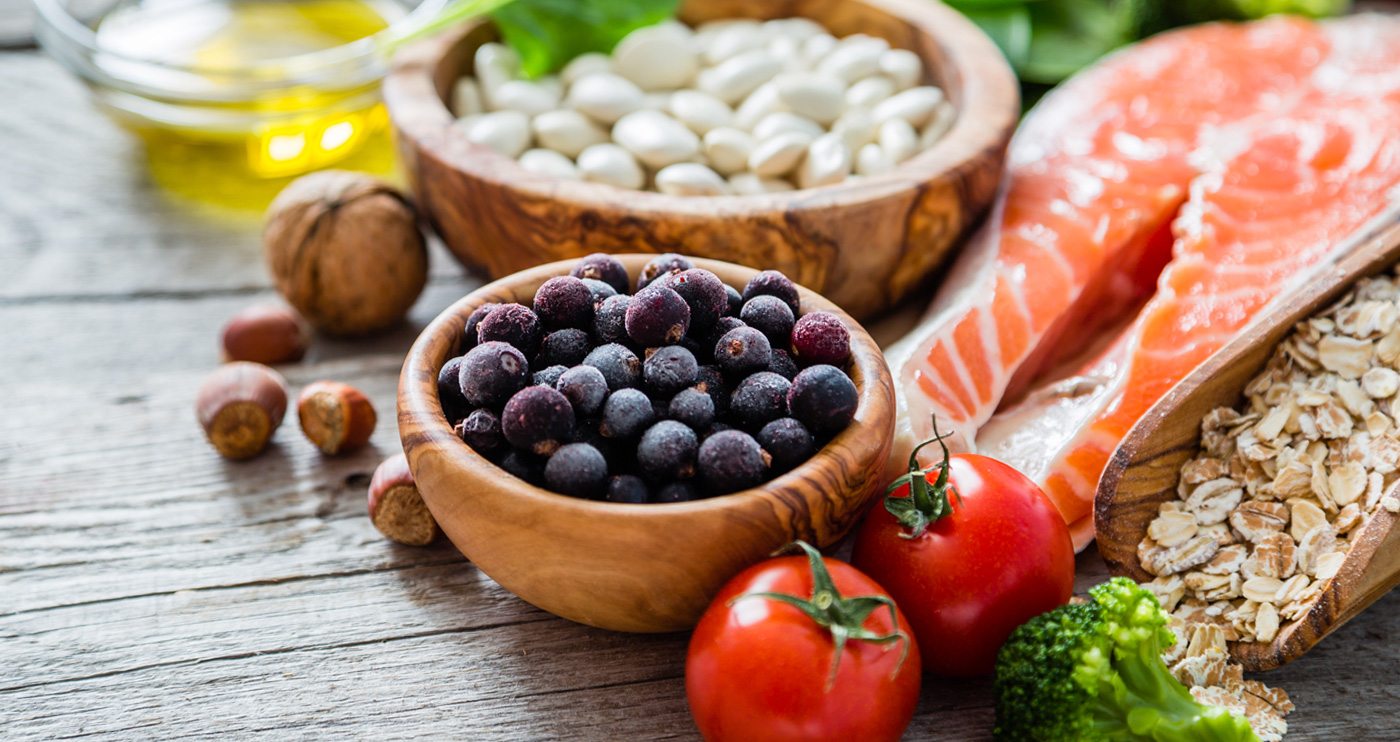
It seems like dietary recommendations change like the weather. Between trendy superfoods and debates over the role of foods like wheat, eggs, or milk, it can be hard to come up with a truly heart-healthy diet. For a long time, experts placed an emphasis on the foods people should avoid — saturated fats, cholesterol, and salt. Now, science has a better understanding of which specific nutrients and antioxidants can actually improve heart health.
If you feel like you’ve been having a hard time coming up with a diet that’s as delicious as it is good for your heart, don’t worry. There are a number of foods that are known to offer benefits when it comes to regulating heart rhythm, balancing blood lipids, and lowering blood pressure.
1. Oatmeal.
While plain oats might not seem like much, they pack a lot of powerful cardiovascular benefits into a small, easy-to-dress-up package. Both steel-cut and rolled oats are whole grain, and studies have shown that oat fiber is fantastic when it comes to helping to lower cholesterol. The trick is to buy plain oats — flavored instant oatmeal often has a lot of added sugar. Put some potassium- and fiber-rich fresh fruit on your oats for some added benefits.
2. Chia seeds.
Chia seeds are almost as versatile as oats when it comes to eating them, and just as good for your heart, too. They’re full of fiber and omega 3 fatty acids. Mix them with plant-based milk for a cholesterol-free chia pudding, add a tablespoon or two to a smoothie, or even mix them into a bowl of oatmeal for the best of both worlds.
3. Raisins.
Raisins are full of blood pressure-lowering potassium — as much as 600 milligrams per half cup — as well as containing 8% of the RDA of iron and 12% of fiber. Add them to oatmeal, eat them plain, or sprinkle them onto a salad or pilaf for an unexpected hint of sweetness. Don’t go overboard, though. Even though they’re heart-healthy, a half cup contains almost 50 grams of sugar.
4. Oranges.
Oranges contain pectin, a soluble fiber that helps lower cholesterol. They’re also full of a compound called hesperidin, a bioflavonoid that helps boost blood flow to the heart. (Hesperidin is primarily found in the peel, so be sure to zest your citrus fruits if you want to get the most benefit out of them.) An average-sized orange provides about 237 milligrams of potassium, too, making it a delicious way to help you meet your recommended daily dose. Like raisins, oranges are a bit high in sugar, so consume them in moderation.
5. Broccoli.
Broccoli, along with other cruciferous vegetables like cauliflower and Brussels sprouts, is high in fiber, low in sodium, cholesterol-free, and contains a moderately high amount of potassium. One serving of broccoli also provides about 6% of the RDA of iron, which is good news for people with iron-deficiency anemia. The best way to eat it is after steaming — the gentle heat and low liquid weakens cell walls, without leaching away all of the good stuff.
6. Wild-caught salmon.
Salmon is full of inflammation-fighting omega fatty acids, as well as 534 milligrams of potassium. Brush it with a little olive oil and sprinkle with garlic (two other heart-healthy foods), grill or bake it, and serve it with whole-grain rice and steamed broccoli for a fiber- and protein-rich, potassium-filled, heart healthy lunch or dinner. Since farmed salmon doesn’t have access to the same foods as wild salmon, the omega fatty acid profile is a bit different and the potassium content is lower. For the most cardiac benefits, stick with sustainably caught wild salmon.
Following a healthy diet doesn’t have to be a chore. Swap some of these foods into your regular routine, and see how easy it is to enjoy great flavors, along with all of the potassium, iron, fiber, and antioxidants your body needs for optimal cardiovascular health.